Organic Chemistry
- • Amides (2600)
- • Alcohols, Phenols, Phenol Alcohols (305)
- • Nitrogen Compounds (248)
- • Nitrile Compound (83)
- • Hydrazine or Hydroxylamine Derivatives (203)
- • Quinones (38)
- • Ethers and Derivatives (182)
- • Aldehydes (108)
- • Carboxylic Acids and Derivatives (754)
- • Hydrocarbons and Derivatives (2305)
- • Ketones (71)
- • Inorganic Acid Esters (169)
- • Heterocyclic Ring (332)
- • Organometallic Compounds (958)
- • Organosulfur Compounds (69)
- • Phosphines (725)
- • Organometalate (283)
- • Organic Fluorine Compound (2103)
- • Triazenes (18)
- • Semicarbazides (33)
- • Organoselenium Compounds (28)
- • Nitro Compounds (94)
- • Nitrates (15)
- • Lactones (240)
- • Imines (24)
- • Free Radicals (46)
- • Dioxins and Dioxin-like Compounds (31)
- • Cyanates (31)
- • Coordination Complexes (3059)
- • Boron Compounds (84)
- • Azides (66)
- • Arsenicals (56)
Related News
Nickel sulfamate
(13770-89-3)-
Industrial Grade / 99%
-
Industrial Grade / 99%
-
Pharmacy Grade / 99%
-
- / 99.00%
Request for quotation , get quotes from more suppliers.
N-Butylbenzenesulfonamide
(3622-84-2)-
Industrial Grade / 99%
-
- / 0.00%
-
- / 99.00%
-
Pharmacy Grade / 99%
Request for quotation , get quotes from more suppliers.
Nylon 66
(32131-17-2)-
Chemical Grade / 99%
-
Industrial Grade / 100%
-
-
- / 99%
N-(2-Acetamido)iminodiacetic acid
(26239-55-4)-
Industrial Grade / 99%
-
Industrial Grade / 99%
$0.1-0.11/KG FOB
-
- / 99.00%
-
Industrial Grade / 99%
Request for quotation , get quotes from more suppliers.
N-(3-Aminophenyl)acetamide
(102-28-3)-
Industrial Grade / 99%
-
- / 0.00%
-
Pharmacy Grade / 0%
-
Pharmacy Grade / 99%
Request for quotation , get quotes from more suppliers.
N-(2-Acetamido)-2-aminoethanesulfonic acid
(7365-82-4)-
- / 0.00%
-
Pharmacy Grade / 0%
-
Industrial Grade / 99%
-
Pharmacy Grade / 99%
Request for quotation , get quotes from more suppliers.
N-Methylmethanesulfonamide
(1184-85-6)-
- / 99.00%
-
API Grade / 99%
$100/KG EXW
-
- / 99.5%
-
Industrial Grade / 99.8%
Request for quotation , get quotes from more suppliers.
N-Phenylmaleimide
(941-69-5)-
Industrial Grade / 98%
-
pharma grade / 99%
-
Industrial Grade / 99%
-
Industrial Grade / 99%
Request for quotation , get quotes from more suppliers.
N-Tris(hydroxymethyl)methyl-2-aminoethanesulfonic acid
(7365-44-8)-
- / 0.00%
-
- / 99.00%
-
Pharmaceutical Grade / 99%
$100/KG EXW
-
Industrial Grade / 99%
Request for quotation , get quotes from more suppliers.
N-Methylformamide
(123-39-7)-
Industrial Grade / 99.5%
-
Industrial Grade / 99%
-
-
- / 99.00%
Request for quotation , get quotes from more suppliers.
More Information
Organic compounds made from a carbonyl group (C=O) connected with a nitrogen atom are amides. The amine or ammonia replaces the hydroxyl group of carboxylic acids and they are derived from them. The versatility and reactivity of this group make it pivotal in several chemical industries.
The simplest amide, acetamide is a notable amide, which is used as a solvent and a plasticizer in the polymer industries. Formamide is another important compound that is used as a solvent, and to make pharmaceuticals.
The applications of amides are as follows:
● Pharmaceuticals: Serving as intermediates in drug synthesis.
● Agriculture: Used in the formulation of pesticides and herbicides.
● Polymers: It is also part of those involved in producing nylon and other synthetic fibers.
● Solvents: Employed in industrial cleaning and chemical reactions.
● Textile Industry: For dyeing and finishing applications.
















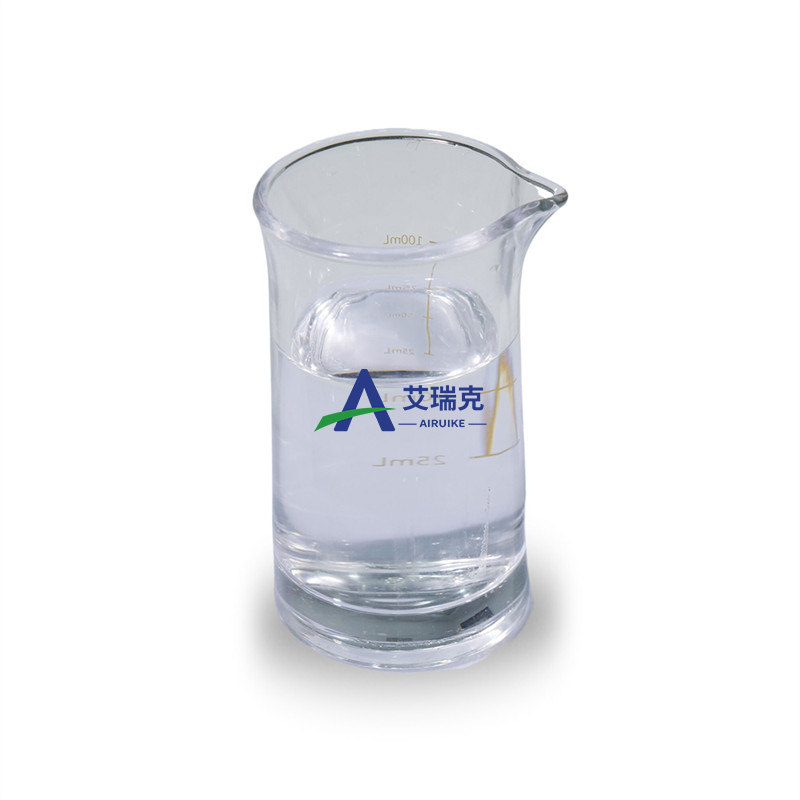

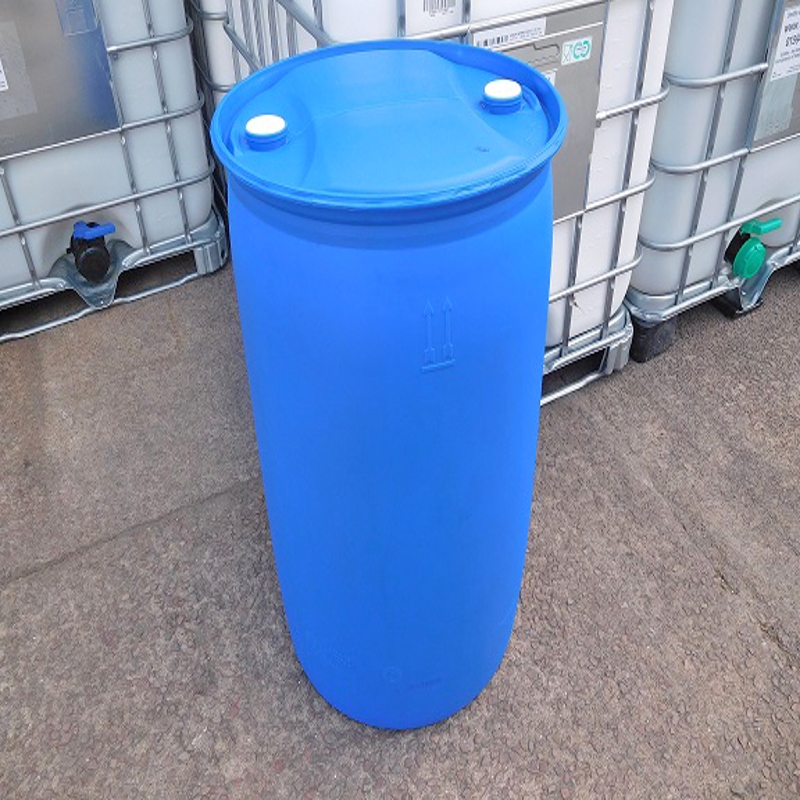



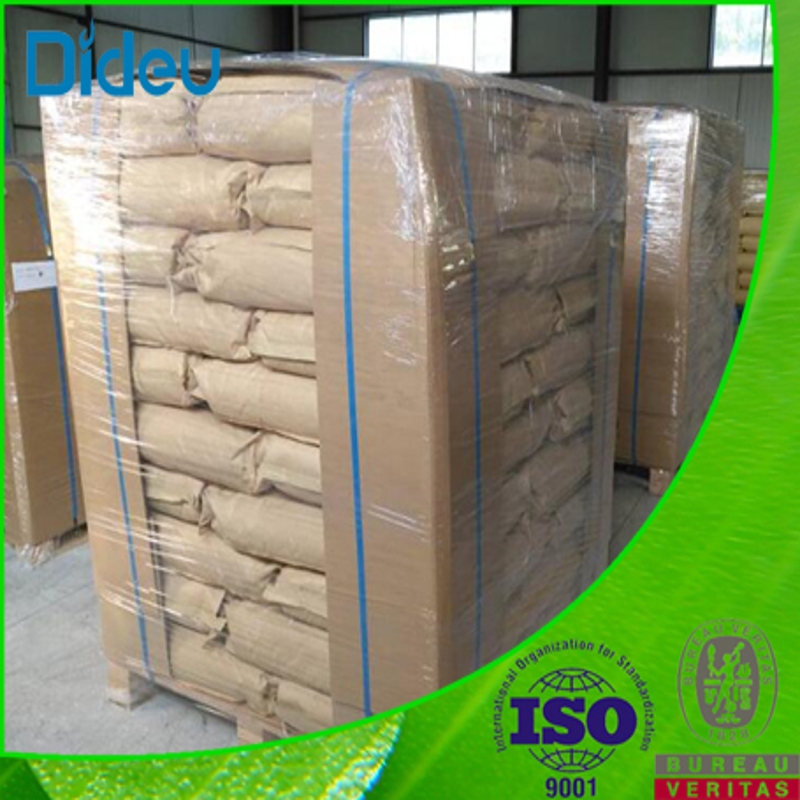







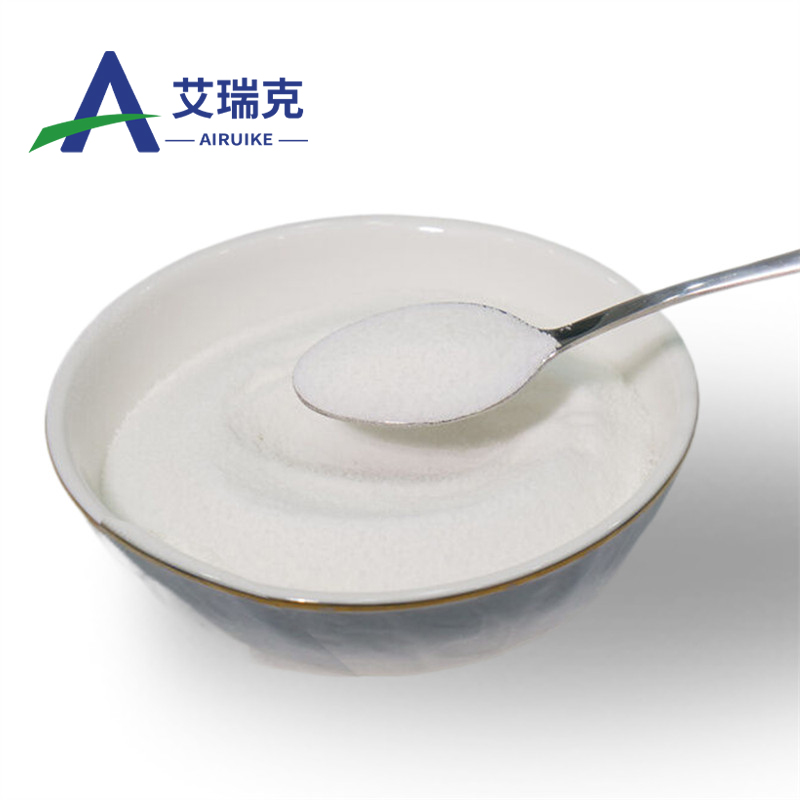




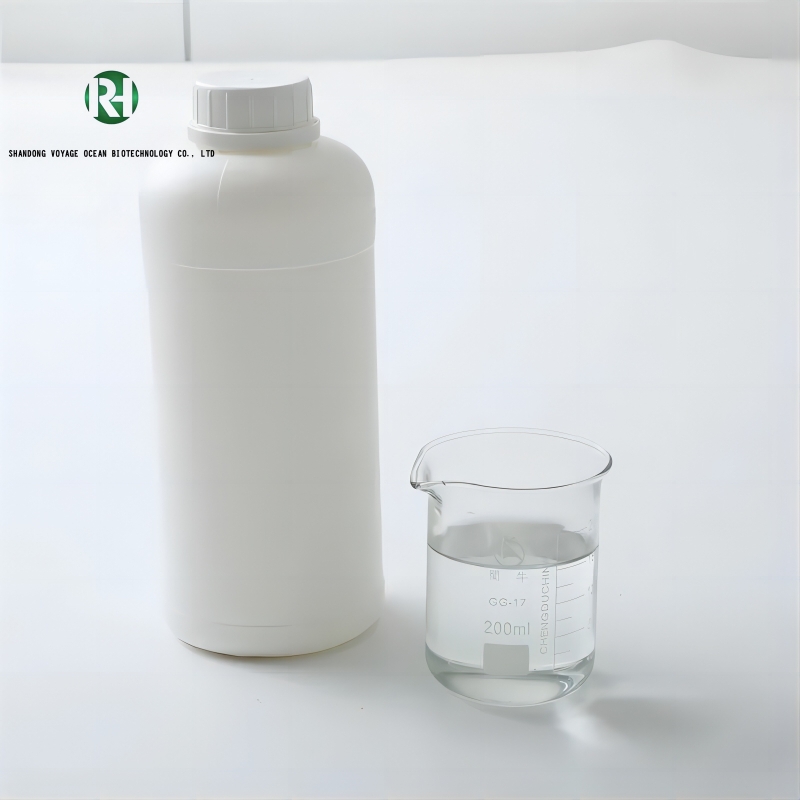

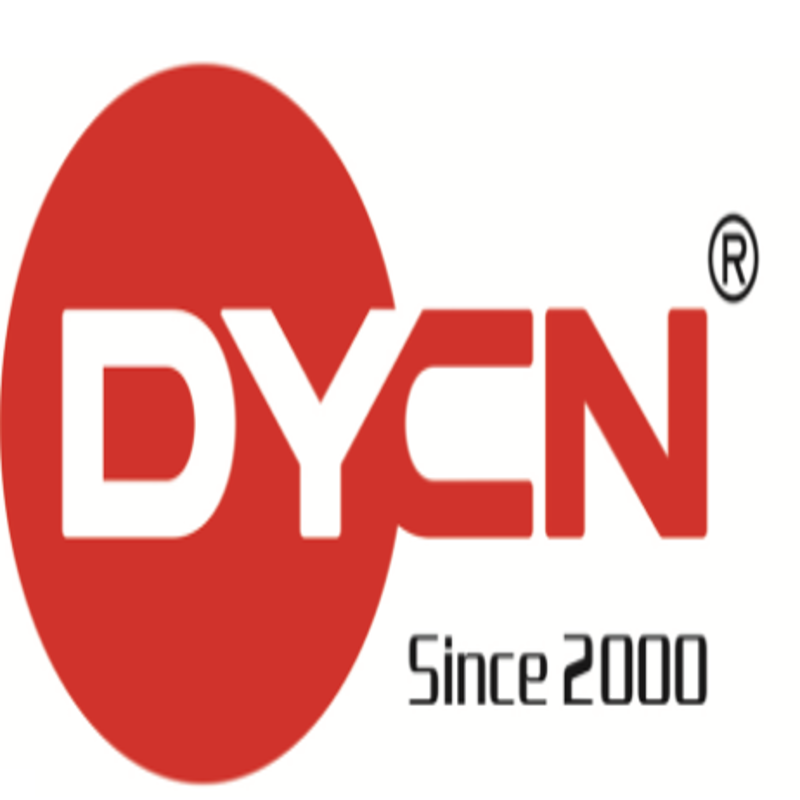




![2-[Tris(hydroxymethyl)methyl]amino]ethanesulfonic acid (TES) CAS 7365-44-8 buy 2-[Tris(hydroxymethyl)methyl]amino]ethanesulfonic acid (TES) CAS 7365-44-8](https://file.echemi.com/fileManage/upload/canonicalSmiles/20220811/514b32f5c9c044fb9c9a8686371faa59.png)



